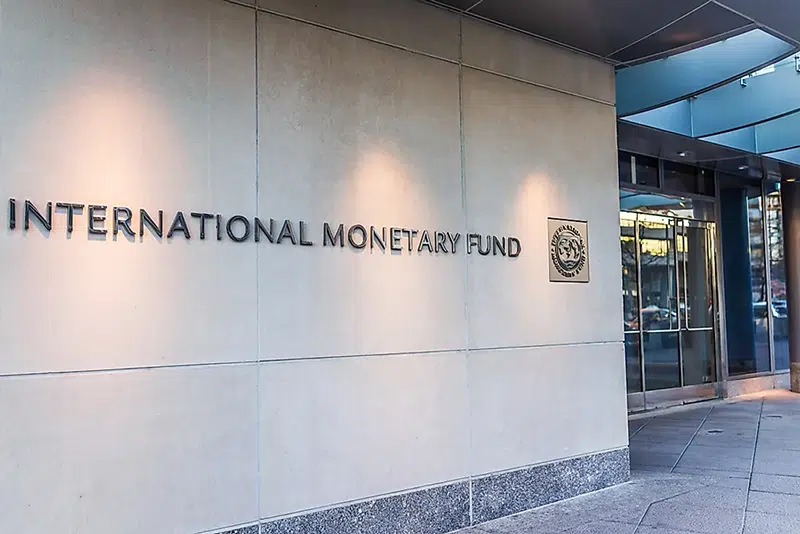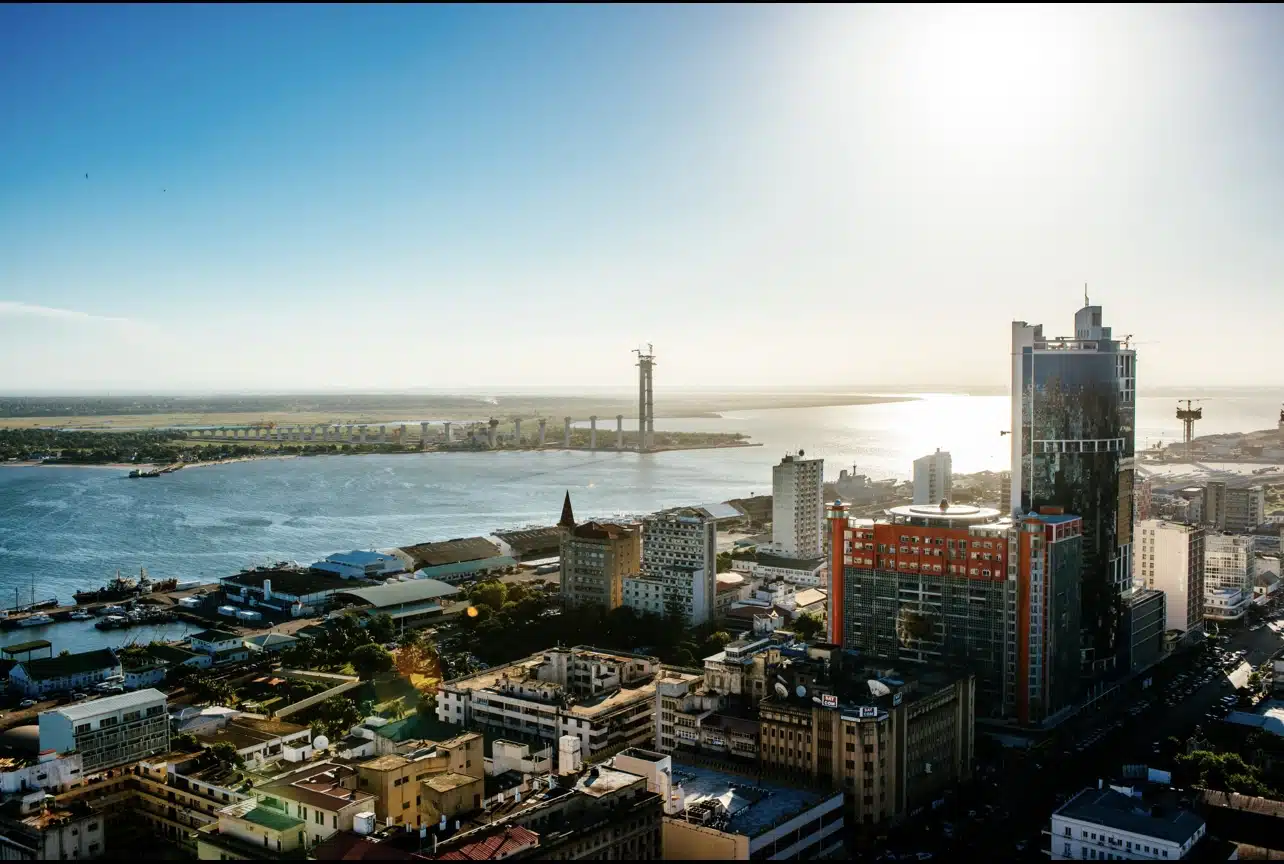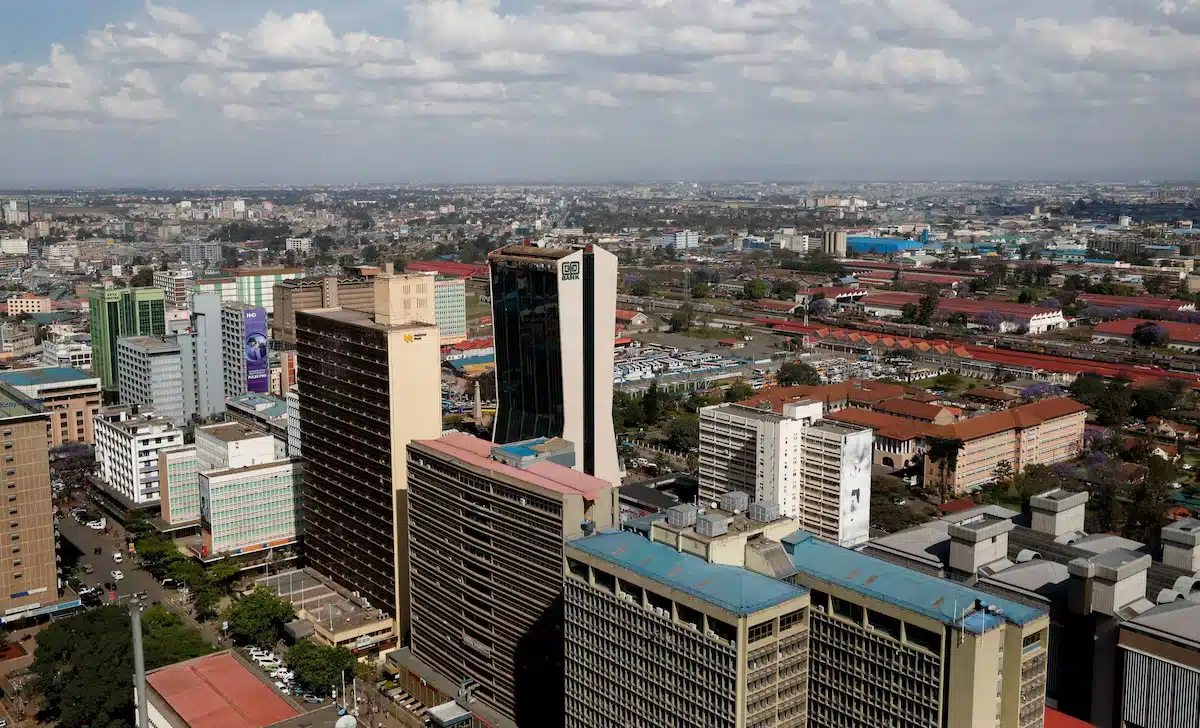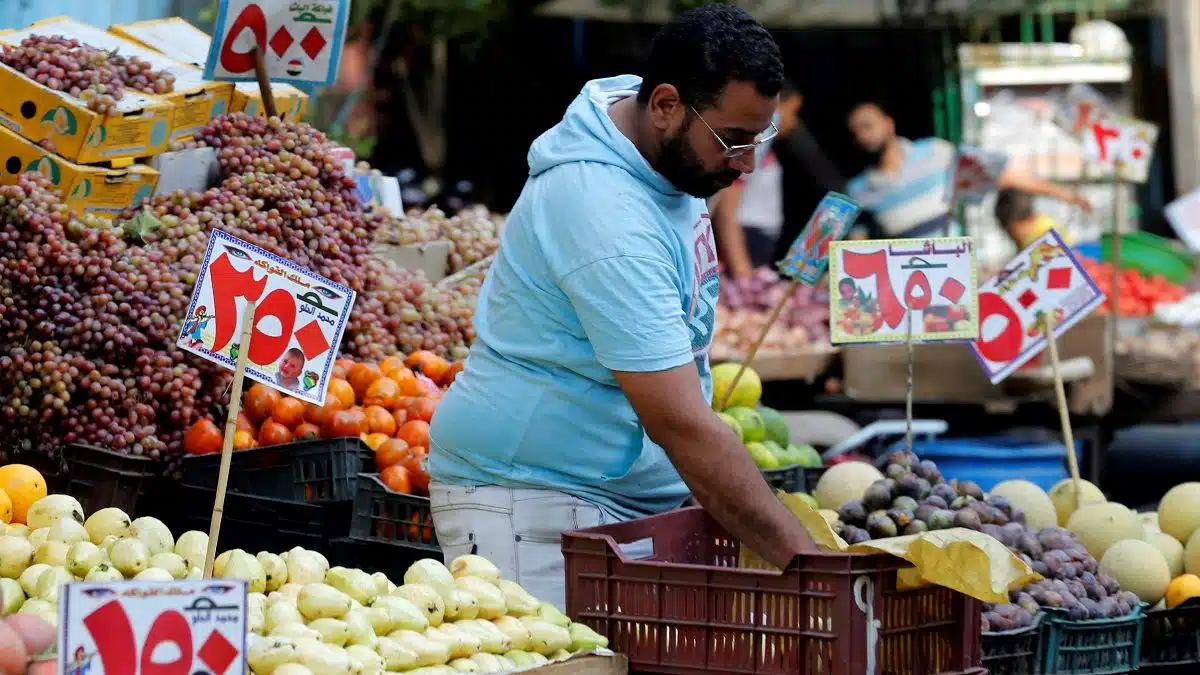Sub-Saharan Africa’s economic growth is projected to remain unchanged in 2025 despite new US tariffs that took effect in August and raised concerns about trade disruptions, according to the latest World Economic Outlook by the International Monetary Fund (IMF).
The report, titled ‘Global Economy in Flux’, released on Tuesday, shows that the region’s Gross Domestic Product (GDP) growth will hold steady at 4.4% in 2025, the same pace as 2024, before rising modestly to 4.6% in 2026. Inflation across the region is expected to fall to 13.1% in 2025 and 10.9% in 2026, from 20.3% in 2024.
The projections mark an upward revision from the IMF’s July 2025 forecast of 4.0% growth in 2025 and 4.3% in 2026, reflecting improved domestic demand and easing inflationary pressures.
“In SSA, growth is expected to remain subdued—unchanged in 2025 from 4.1 percent in 2024—before picking up to 4.4 percent in 2026,” the IMF said. “This is an upward revision relative to the April 2025 forecast by a cumulative 0.5 percentage point, but a slight downward revision of 0.1 percentage point compared with October 2024.”
The Fund noted that while Nigeria’s outlook has been revised upward due to higher oil production, stronger investor confidence, and a supportive fiscal stance, several other economies in the region face downward revisions amid changing global trade and aid dynamics.
“Many low-income countries in the SSA region previously benefited from preferential access to the US market under the African Growth and Opportunity Act (AGOA), which expired in September,” the IMF said. “Ending this preferential access is expected to have sizable negative effects, particularly on Lesotho and Madagascar.”
The latest round of US tariffs, announced by President Donald Trump on July 31, raised import duties for seven African countries as part of a broader “reciprocal tariffs” policy that now targets about 60 countries and the European Union. Some African nations face rates as high as 30%, according to a White House statement.
Under the new regime, Nigerian exports to the US now face a 15% duty, slightly higher than the 14% imposed in April, while South African exports are subject to a 30% blanket tariff, including a 25% levy on automotive shipments. Ghana and Uganda saw the steepest hikes, each increasing by five percentage points to 15%.
The US Office of the Trade Representative reported a $1.5 billion trade deficit with Nigeria as of December 2024, a key factor behind the tariff adjustment.
Globally, the multilateral lender said the world economy remains resilient but fragile, with the latest data pointing to a slight moderation in growth. It projects global GDP growth to slow from 3.3% in 2024 to 3.2% in 2025, and 3.1% in 2026—a modest downgrade from a year ago.
Pierre-Olivier Gourinchas, the IMF’s Chief Economist, said that while trade tensions have intensified, the overall economic fallout has been smaller than initially expected.
“The US negotiated trade deals and offered multiple exemptions. Most countries refrained from retaliation, keeping global trade largely open,” Gourinchas said. “Private firms also adapted quickly, front-loading imports and re-routing supply chains.”
He added, “We now project global growth at 3.2% this year and 3.1% next year, a cumulative downgrade of 0.2 percentage points since our forecast a year earlier.”










